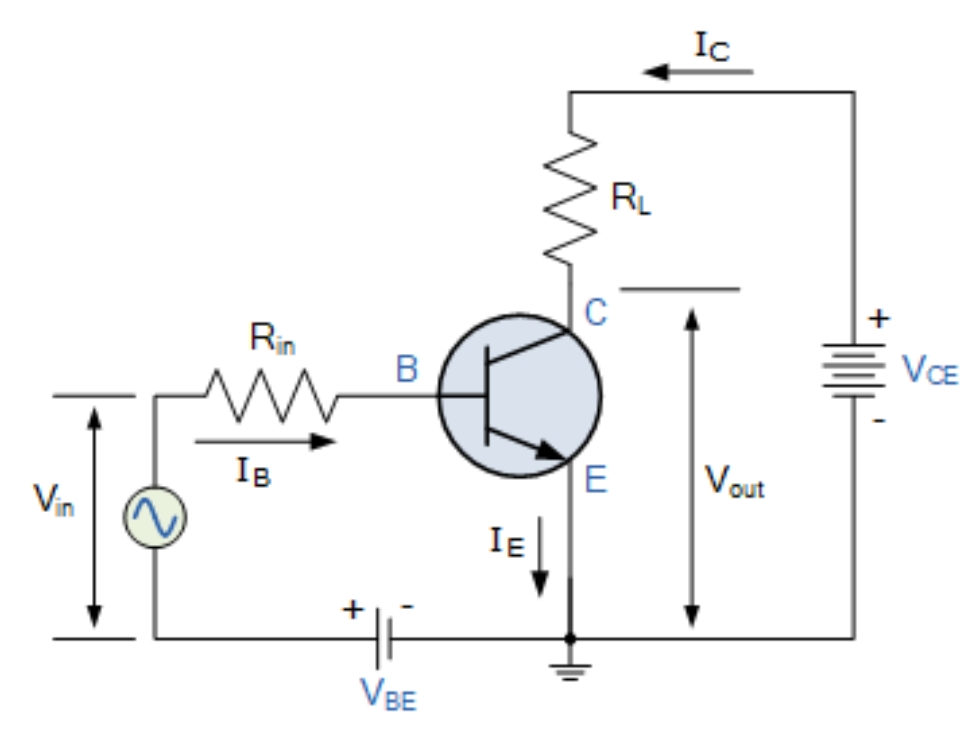What does the input resistance of a bipolar junction transistor mean? Why is its value equal to the ratio of input voltage to that of base current in the common emitter configuration?
As far as I know, in case of amplifier circuit, a transformer is used to induce signal in tbe circuit. Why is there a resistance which we call input resistance? Is it actually the resistance of the wires?
In my high school curriculum, we are taught about resistance-less wires so I guess the previous question does not make sense then. I could understand that output resistance can refer to a whole different circuit by which the amplified signal can be utilized like for amplifying sound, but why is there an input resistance?
Why is input resistance the ratio of input voltage and base current? If we use Kirchoff's law in the base-emitter loop then shouldn't it be like $$I_B×R_{in}+V_{base-emitter junction voltage}=V_{BE}+V_{in}$$
How is \$R_{in}=V_{in}/I_B\$?
If possible please also let me know why current gain and current amplificatiom factor of a transistor are considered to be constant.



